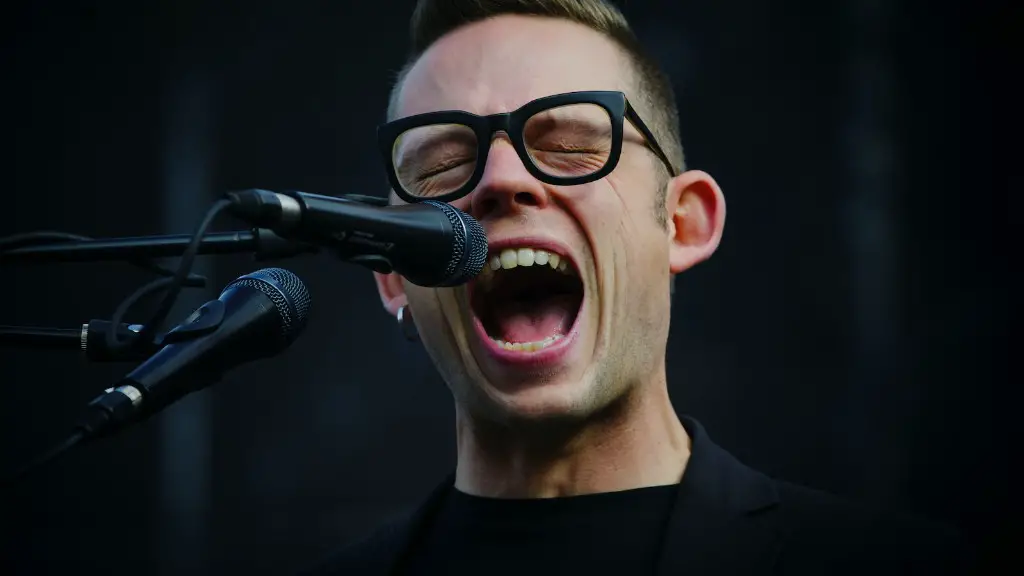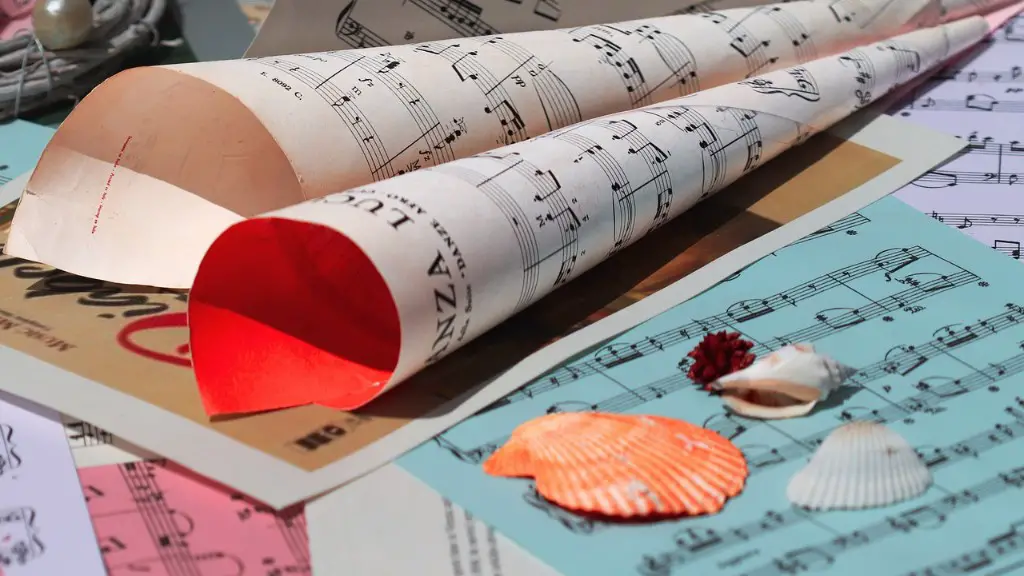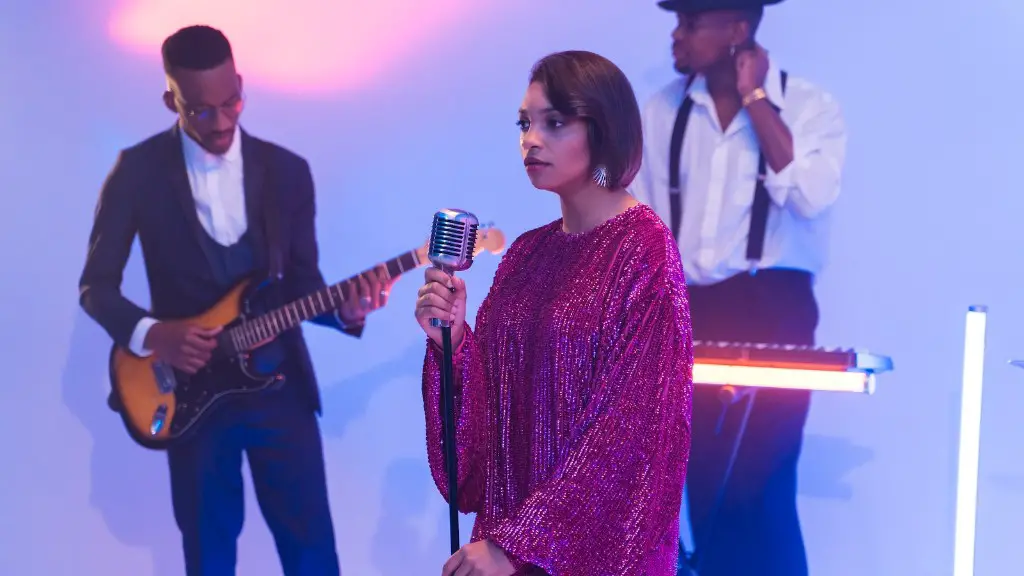Drawing a gorilla can be an incredibly rewarding experience! With the proper instruction, even a novice artist can produce an eye-catching, realistic-looking gorilla in no time at all. From supplies to techniques, this step-by-step guide will have you sketching out a show-stopping primate in no time.
Before you begin, you’ll need a few supplies to help you out. Gather up some graphite pencils (a range of “H” to “2B” is especially helpful), a kneaded eraser, a good sketchbook, and a willingness to experiment. Now you’re ready to begin.
Let’s start with the overall shape of the gorilla. This should be the skeleton of your drawing, so take your time and make sure you get it right. Using your lightest pencil, draw an oval for the head, two circles for the eyes, two curved lines for the brow ridge, a sideways “U” for the mouth and nose, a line for the jaw, a long oval for the body, and four circles for the feet. If you need a reference, feel free to use a photograph or drawing of a gorilla.
Move on to the fur now. Your strokes should be fast and bold to achieve the “hairy” look you’re after. Don’t worry too much about the overall look; you can always come back later and worry about details. Make sure the fur on the arms and legs is darker than the fur on the chest. This will help add depth to your drawing. Also make sure the gorilla looks powerful and menacing, even if you’re drawing a more peaceful species.
Now that you’ve got the overall shape down, it’s time to add the details. Draw five circles for the fingers and toes, and add a few lines for knuckles. Shade in the eyes and brow ridge, leaving some whites of the eyes showing. Don’t forget to draw the nostrils and eyebrows, too. Finish up by adding a few small details here and there to really make your gorilla pop.
Let’s move on to shading. You’ll need to use your kneaded eraser to lighten certain areas, and a combination of “H” and “2B” pencils to add shadows. Use your kneaded eraser to add highlights to the fur and whites of the eyes. Add a few more details to the eyes and mouth for more depth and realism. Start adding some shadows next. Keep your graphite pencil strokes short, light, and wavy to mimic the look of real fur. Make sure to add the shadows in the right places to make your gorilla look lifelike.
Once you’ve added the shading, it’s time to start thinking about the overall effect of your drawing. Do you want a light, airy feeling? Then try softening the pencil strokes, adding gentle curves, and making sure that there’s a good balance of light and dark. Do you want a dramatic, dark effect? Then opt for heavier and darker pencil strokes, and use the kneaded eraser to create intense highlights.
How about texture? To add texture, use the “H” pencil to draw small fur lines. You’ll want to focus your attention on the hands, feet, and face. Draw the lines in a variety of directions, as this will add a realistic and dynamic appearance. Finish up by adding a few more lines and darkening the valleys between the lines to create the effect of natural fur.
Finally, it’s time to add the finishing touches. As a final step, you’ll want to blend and soften the pencil lines. This can be done with your kneaded eraser or with a blending stump. Make sure each line and shadow has been blended to perfection and there are no harsh edges.
As you can see, drawing a gorilla isn’t that hard if you have the right instructions. Before you know it, you’ll have a show-stopping primate that looks so realistic people will think it’s alive! Follow these steps and practice your technique, and you’ll be drawing masterful gorillas in no time.
To get the most out of your drawing, take the time to experiment. Play around with different materials and techniques. For example, you can use pastels, charcoal, and even paint to give your drawings even more depth and realism. You can also try different approaches such as drawing silhouettes, drawing parts of the drawing first and then connecting them, or drawing what’s closest to you first and then moving to the background.
The possibilities are endless! Draw what inspires you and don’t be afraid to make mistakes. After all, practice makes perfect and the best way to learn is by doing. In no time you’ll be drawing gorillas like a pro.
Now that you have the basics down, it’s time to get to work. A gorilla is a perfect subject for practice, so get your supplies ready and let your creativity run wild! Who knows what masterpieces you could create.
To get started, find a photograph or drawing of a gorilla and use it as a reference point. Take some time to really study the animal–where is the fur thicker? Where it is darker? Where are the shadows? All these details will help you create an accurate and lifelike gorilla drawing.
Once you’ve gained a good understanding of the animal, grab your supplies and start sketching. Start with the basic shapes of the head and body, then move on to the details. Make sure you focus on the eyes, nose and mouth to get the gorilla’s expression just right.
Now it’s time to add the fur. Don’t be afraid to experiment with different pencil strokes, blending techniques, and values. Don’t be surprised if you need to erase and draw again. This is normal and it’s a great way to practice and perfect your technique.
Finally, use your kneaded eraser to add highlights and details. This will help make the fur look realistic and will give your drawing an even more lifelike appearance. When you’re done, take a step back and admire your work. You’re sure to be impressed with the results.
Keep practicing and before you know it, you’ll be drawing gorillas like a true master! Just remember to take your time and don’t be afraid to experiment. With patience and practice, you’ll be sketching out show-stopping primates in no time.


